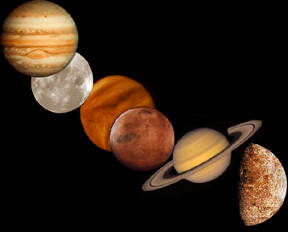Click on image for full size
Image courtesy of SOHO/EIT (ESA & NASA
News Flash from the Sun! Shaking Loops Cause Solar Flares
News story originally written on July 12, 2002
Even though they are far away, solar storms can affect us. They can upset spacecraft and electrical power systems. So, figuring out how they happen and how we can predict them is important to NASA and space organizations worldwide.
Scientists have been looking at huge loops of very hot, electrified gas that rise above the sun’s surface to figure out how they become solar flares during storms. They found that these loops are vibrating, shaking back and forth, during solar storms. These vibrations may help explain why violent activity like solar flares happens on the sun.
The loops look like huge arches on the sun. A typical loop is about 220,000 miles (350,000 km) long. (That is as long as traveling around the Earth more than 9 times!) These giant loops are very hot, up to 36 million degrees Fahrenheit. They have a strong magnetic field that keeps the loop stretched tight.
It has recently been discovered that the loops vibrate, rocking back and forth every 20 minutes. Scientists believe that the vibrations probably happen when very energetic particles bursts from low in the Sun’s atmosphere. If these bursts of particles are very strong, they may disrupt the loop and cause a solar flare. So, the lower atmosphere of the sun might be the cause of violent solar activity.
The loops and their vibrations were seen with a special instrument on the Solar and Heliospheric Observatory (or SOHO) called SUMER. “To be honest,” said Dr. Werner Curdt, who is in charge of SUMER, “when SUMER was built, we didn’t expect anything as amazing as this.”















